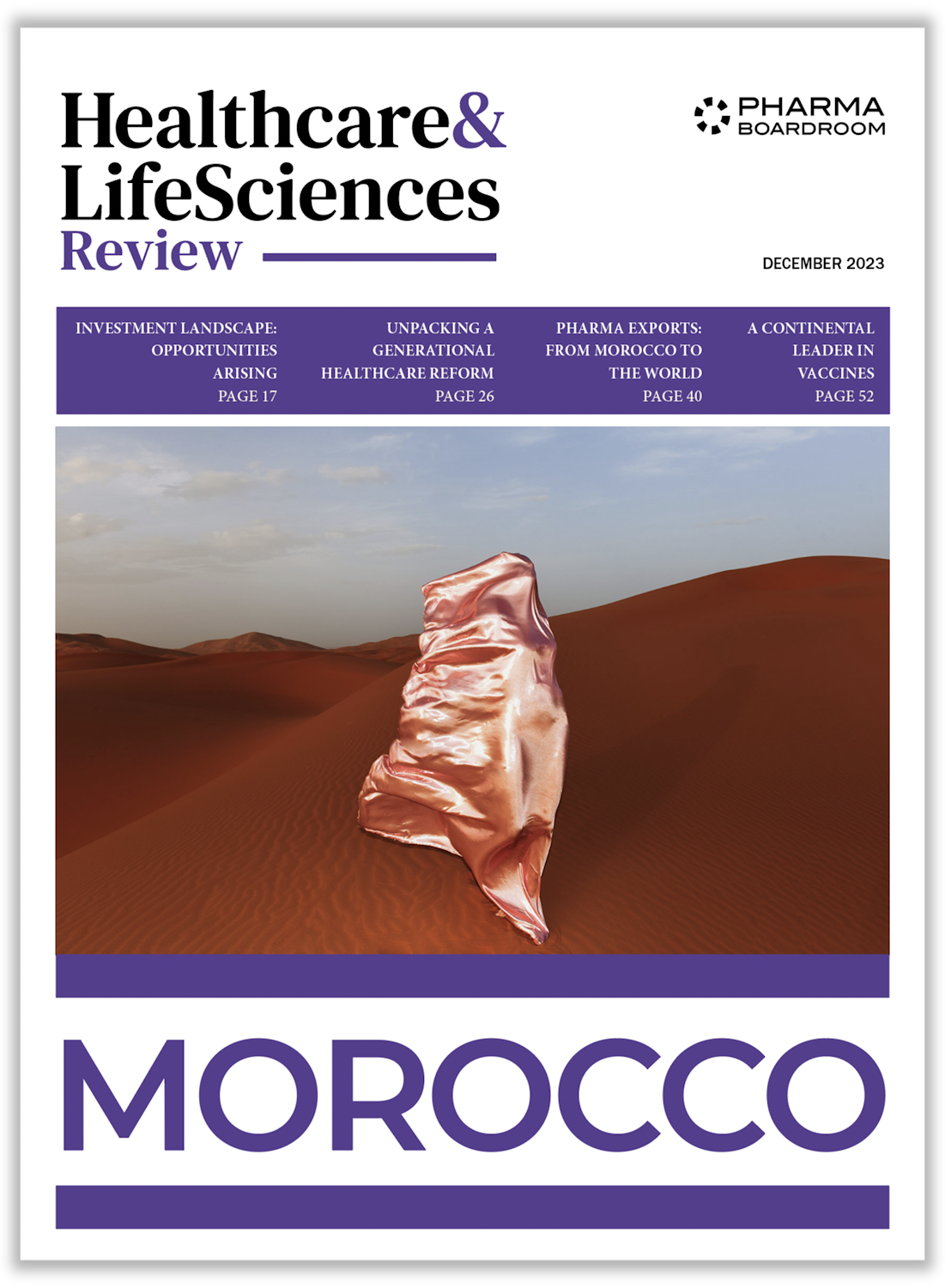Despite a decline in pharmaceutical sales during the COVID-19 pandemic, Vietnam is among the 17 countries with the most rapidly growing pharmaceutical industries in the world, as reported by nganhduoc.vn in its 2022 pharma industry forecast. With a market value of some USD 10 billion in 2020, according to another recent report, the Vietnamese pharma industry is predicted to reach a value of USD 16.1 billion by 2026. Here are some of the trends that are set to drive that growth.
A large ageing population and new patient needs
In addition to being a relatively large market with a population of over 98 million, Vietnam has a growing number of people over 60, a group that in 2011 accounted for 9.9 percent and in 2018 almost 12 percent of the population. According to the Vietnamese General Department of Population, as reported by nganhduoc.vn, the elderly will account for about 25 percent of the population by 2048.
The percentage of Vietnamese who can afford relatively expensive western medicine is also growing to some 30 million with about 90 percent having access to social security. The country is experiencing a rapid urbanization rate, 37 percent in 2020 with many of the more affluent Vietnamese living in cities. Pollution levels in these areas have increased the incidence of respiratory diseases like asthma, while the use of cholesterol-lowering drugs, anti-depressants, anti-hypersensitive, and anti-diabetic drugs has grown. Vietnam has also seen an upsurge in infectious disorders like acquired immunodeficiency syndrome, malaria, tuberculosis in non-urban areas.
Encouragement for foreign investment
According to the Drug Administration of Vietnam as reported by Febis, in 2019 the Vietnamese pharmaceutical ecosystem, focused on generics, was comprised of about 180 pharmaceutical manufacturing companies and 224 domestic manufacturing facilities meeting Good Manufacturing Practice (GMP) standards. However, Vietnam’s production capacity meets only 53 percent of its domestic pharmaceutical demand and in 2021 the country spent USD 4 billion on importing pharmaceuticals.
Vietnam is also dependent on imported pharmaceutical materials and ingredients, increasingly looking to India for this supply. In an extension of the country’s commercial relations with India, the construction of a new industrial pharmaceutical park, in the northern province of Hai Duong, which is being dubbed as an R&D and production base, is being backed by the Indian firm SMS Pharmaceuticals.
Trade deals such as the EU-Vietnam free trade agreement (EVFTA), which allows investors to establish a company to import pharmaceutical products and sell to local distributors or wholesalers, build warehouses, or carry out clinical trials, have been put in place to stimulate foreign investment.
Domestic trailblazers and digital transformation
Although Vietnamese R&D activities are lacking serious investment, a number of domestic startups with homegrown innovations are surfacing on the Vietnamese landscape. Gene Solutions, a Vietnam-based company has come up with a unique liquid biopsy technology to enhance early-stage detection of many cancers, for example, while healthtech MED247 has raised USD 4.5 million in Series A funding. The firm’s platform allows Vietnamese patients to access telehealth services via their smartphones, offers home prescription delivery and electronic health record requests and claims over 50,000 active users.
On the digital front, Vietnam aims to get over 90 percent of its population using electronic health records by the end of the year, according to the National Committee on Digital Transformation’s recently issued action plan.
Market access roadblocks removed for EU member states
In Vietnam it takes about five years for a drug to enter the market but there is good news for European pharma players. After EU action that has led Vietnam to fully recognize the EU Single Market for pharmaceuticals and the unity of the EU regulatory framework, EU member states will now see simpler and faster registration procedures and easier participation in government procurement processes.
Previous legislation differentiated among EU member states’ regulatory authorities listing some as ‘Reference Regulatory Authorities’ (RRA), with simplified and shorter registration procedures, and others as ‘Stringent Regulatory Authorities’ (SRA) that faced longer processes. The discriminatory system also affected participation in government procurement. In future, all EU member state drug makers will be treated equally in Vietnam.



